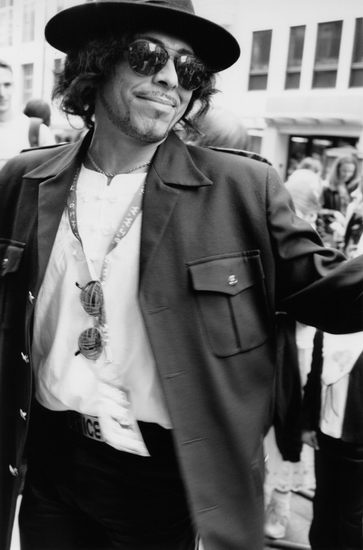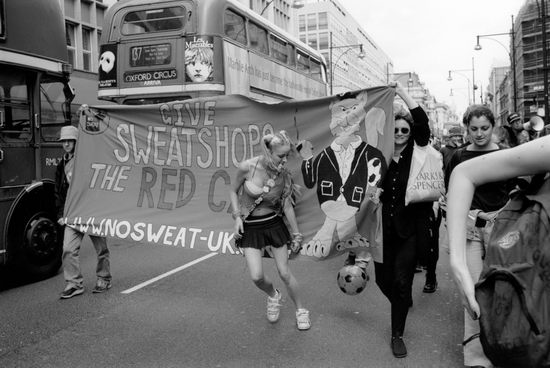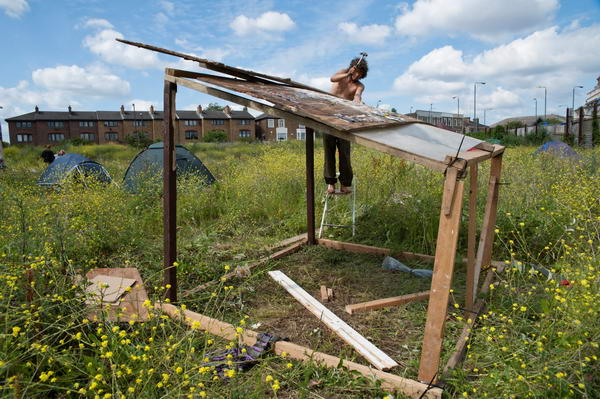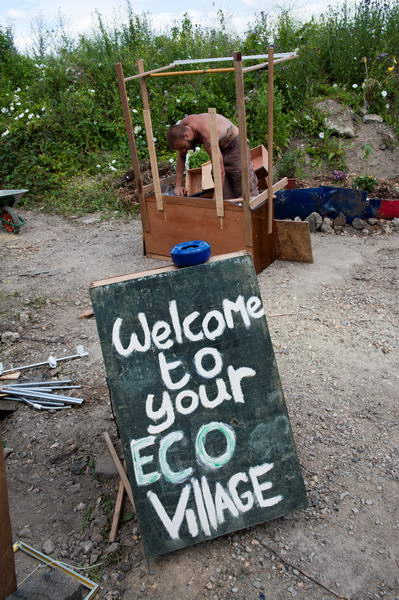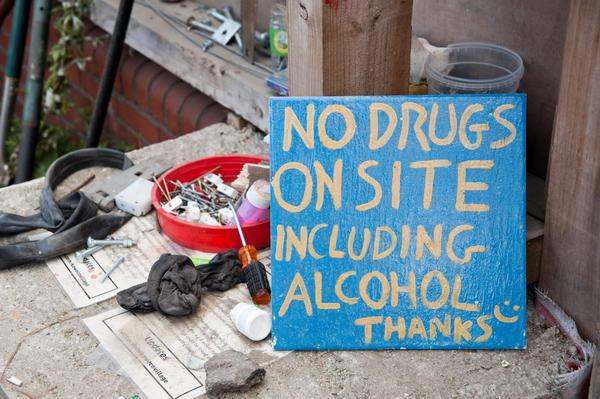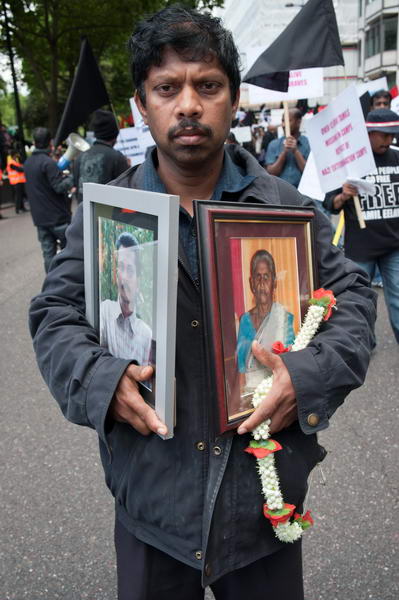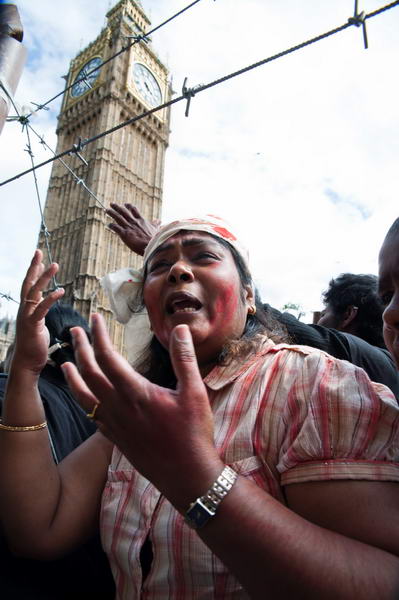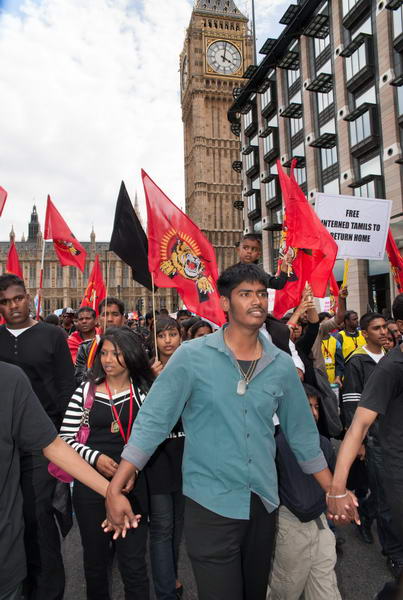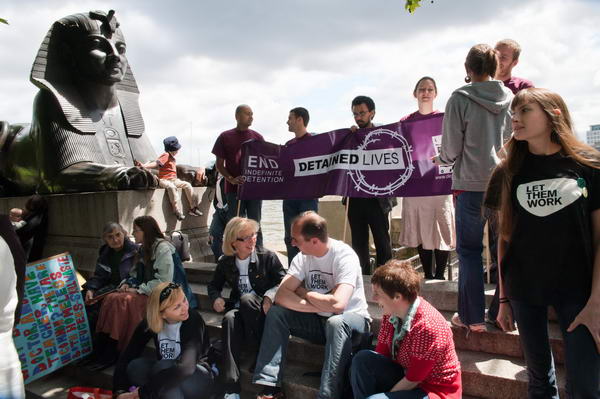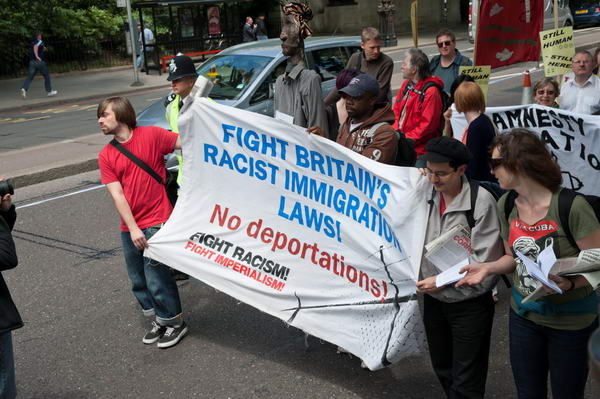It’s nice to know that someone at the British Journal of Photography reads Amateur Photographer (interestingly the word ‘Amateur’ in the masthead of their web pages has now shrunk to about 2 point size) and it was a ‘tweet’ from ‘1854’, that obscurely named BJP blog (of course I know why, but that doesn’t make it any less obscure) that sent me to the AP feature posted yesterday, Photographers a ‘security’ risk, warn 2012 Olympic chiefs. Not the snappiest of headlines (sorry!)
Like many of us, Dr Patrick Green is taking photographs around the Olympic site as it develops (I started in 1983, but that’s another story.) And he was trying out his new Olympus E-30 DSLR at Dorset Place, just off the Leyton Rd on the east boundary of the site a couple of weeks ago around 4pm on Sunday 14 June.
His picture in the AP shows a security guard standing next to a secuirty barrier witht he Olympic site in the background. Dr Green says he was told that that photography was forbidden and one of the guards “threatened to call more security who he said ‘would come with dogs’.”
Dr Green apparently got to see a “security manager” who told him that his pictures posed a ‘security risk’ – terrorists might use the images to plot an attack if they were posted on the internet. And while an ODA spokeswoman stated “Filming and photography of the site from public highways and areas around the Olympic Park is permitted,” she also made it clear that anyone appearing to take a particular interest in security operations was likely to be talked to by the security guards.
While this event appears to be yet another example of paranoia about photography – and yet another skirmish in that long-running battle between security men and photographers, so far I’ve yet to have a real problem with security in taking hundreds if not thousands of pictures since the blue fence went up around the Olympic site. One of the men putting up that fence did ask me why I was taking pictures – and so I told him, and although I don’t think he could be described as satisfied, that was the end of the matter. Other times I’ve seen security men looking at me and my gear, but so far I’ve not been asked about my pictures. And once or twice people from the ODA I’ve met have even been friendly.
I don’t think I’ve photographed in Dorset Place, a short street with not much of a view, though I have taken pictures from the next street off Leyton Road, Thornham Grove, and this is from just down the road:

These buildings are mainly for the shopping centre. Here’s one taken last Saturday from half a mile or so away looking towards the Olympic stadium. I’ll put a few more on My London Diary later.
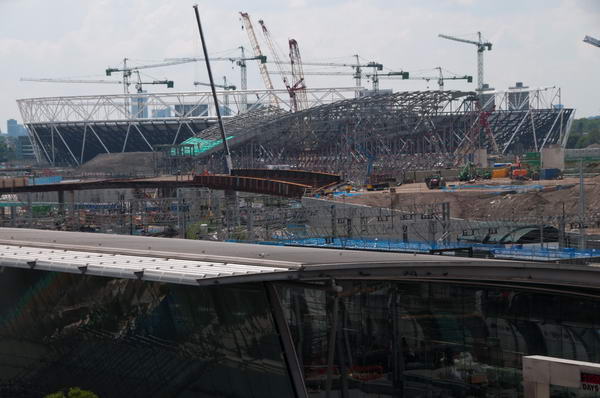
Stratford Station and the Olympic Site
